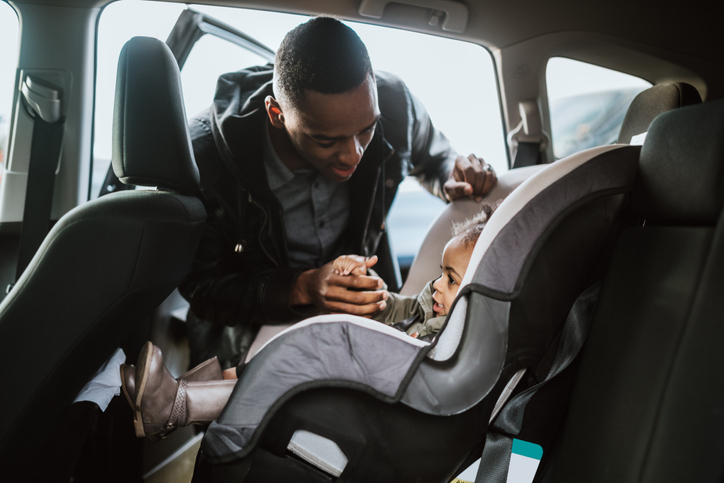Comprehensive Personal Automobile Insurance
Although most states require that you carry a certain minimum limit of Auto Liability insurance, minimum coverage may not provide sufficient protection for you, your family, and your personal assets. The professionals at Moody will review your specific needs to determine the Liability limits that make sense to you.

The Basics
Types of coverage and limits available vary state-by-state. Basic coverages you might expect to find on a Personal Auto Policy are:
- Liability: Offers protection against claims, property damage or bodily injury to a third party that you or a member of your household accidentally causes while driving your car. This coverage applies only if the driver is considered legally responsible for the damage.
- Medical Payments: Assures you, your family members and passengers in your car will receive necessary medical and dental services following an auto accident, regardless of who caused the accident. We also provide coverage if you and your family members are involved in an accident as a pedestrian. Note: Medical Payments coverage may not be included in your policy in favor of PIP coverage (see below), if PIP is required in your state.
- Personal Injury Protection (PIP): Provides no-fault insurance for residents of states where it is required. This means that you, your family and any passengers are covered under your policy, regardless of who is responsible for the accident. PIP coverage includes medical, surgical, dental, hospital, work loss and certain other related expenses, and extends to you or your family member in an accident as a pedestrian.
- Uninsured Motorists: Pays for injury expenses incurred should you, your family members or passengers be involved in an accident with an uninsured motorist. This coverage also provides protection for a hit-and-run accident or an accident with a driver who has less insurance than required by law. Underinsured Motorists provides coverage when the other driver is found legally responsible for an accident and has coverage, but not enough to cover your injuries. If your coverage limits are higher than those of the at-fault driver, this coverage will absorb the additional expenses. Because each state has its own uninsured motorist laws, Un/Underinsured coverage varies. In most states this coverage applies to bodily injury only, but property damage coverage is available in some states.
- Collision Coverage: Pays for damage to your car caused by accidental impact with another vehicle or object, or if your vehicle overturns. The maximum amount paid is limited to the actual cash value of your vehicle, which is often referred to as the “local market value,” less the collision deductible. The local market value is only a starting point in determined the payoff, because actual cost car may be more or less depending on the condition of the car.
- Comprehensive Coverage: Pays for damage to your car caused by a situation other than a collision, including breakage of glass, falling objects, fire, theft, windstorm, hail, water, flood, malicious mischief, vandalism, and impact with a bird or animal. The maximum amount paid is limited to the actual cash value of your vehicle less the “other than collision” deductible. Damages not covered by Comprehensive coverage include normal wear and tear, mechanical or electrical breakdowns, and flat tires.

Additional/Optional Coverages
- Towing and Labor: Pays for towing and labor costs each time your car is disabled. Covered labor must be performed at the place where your car is disabled, and there is usually a limit to the dollar amount applied to each loss.
- Rental Reimbursement: Pays for the cost of renting a car when your car is damaged by a situation covered by Comprehensive or Collision coverage, and when your car is out of commission for more than 24 hours.
- CD Coverage: Pays for the loss of CDs that are in your car at the time of loss.
- Gap Insurance: For newer cars, gap insurance is meant to pay the difference between the actual cash value of your car at the time of accident and the amount you actually owe on the lease or loan.
This description of coverage is not an insurance contract. Your policy is the contract that specifies and fully describes your coverage. Conditions and exclusions will apply. Not all coverage described is available in all states.



